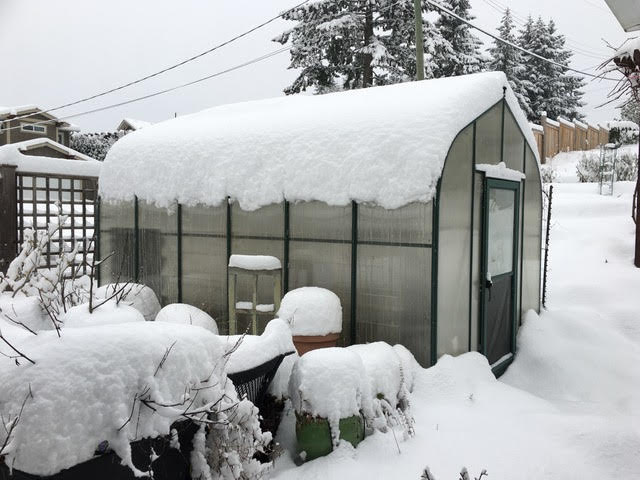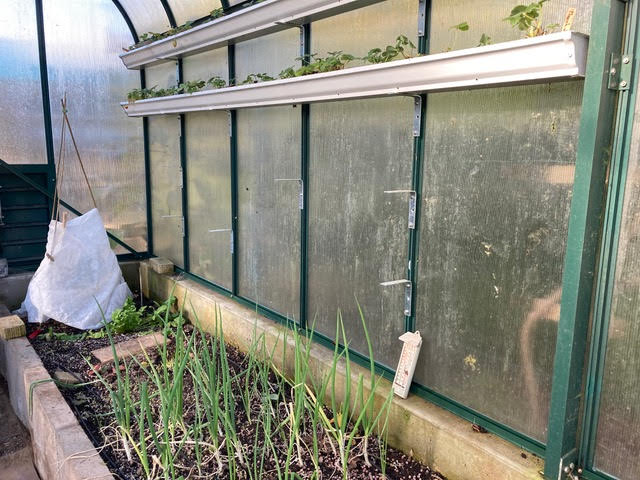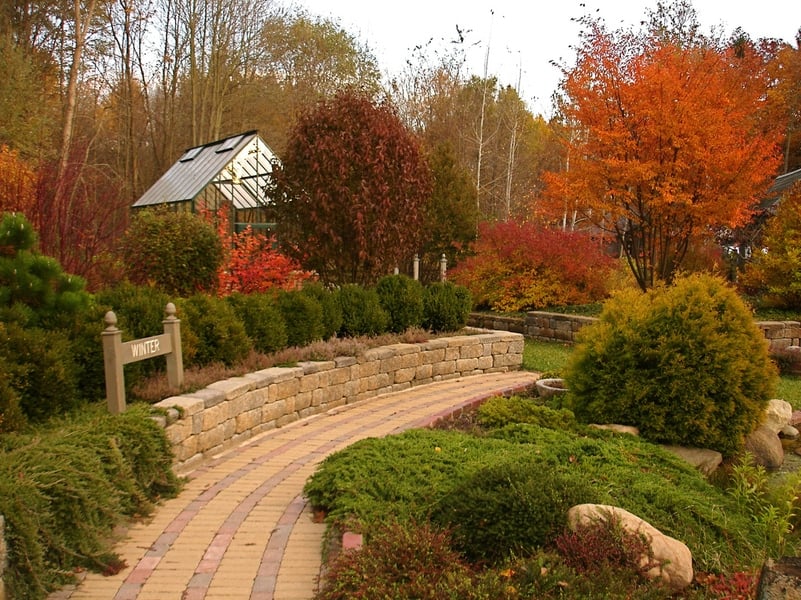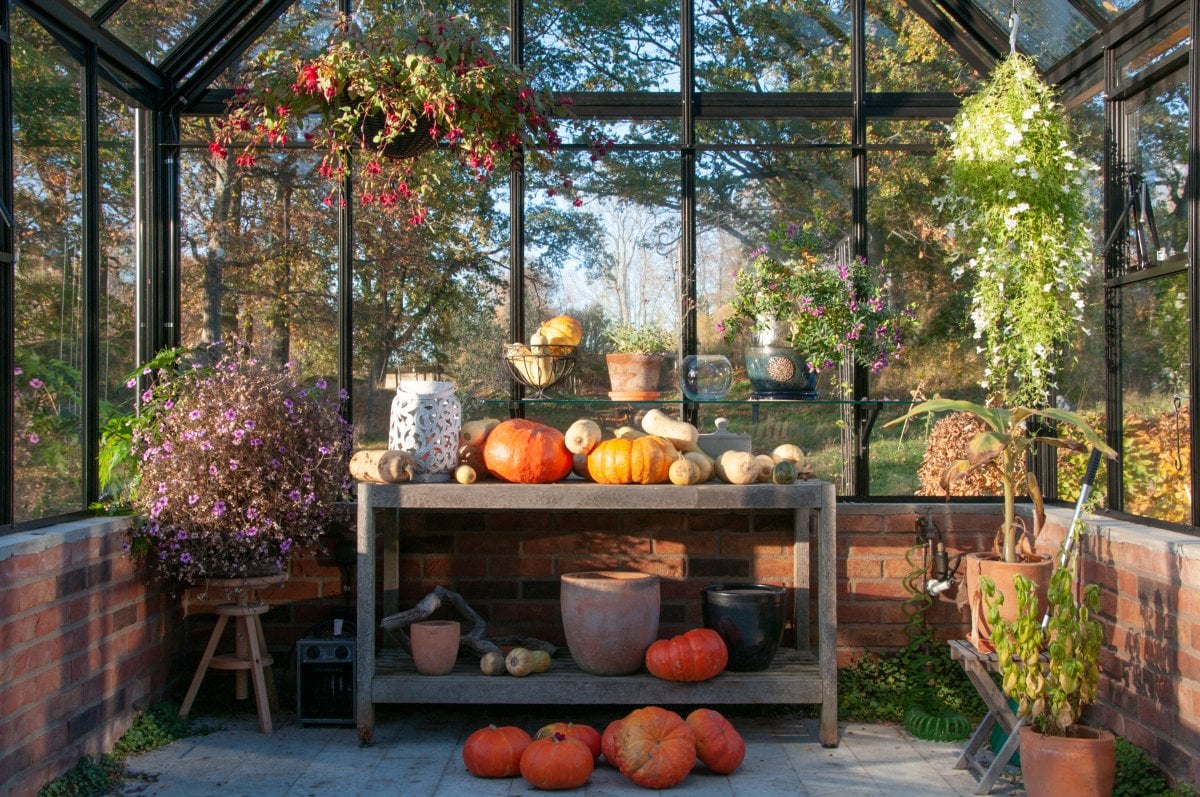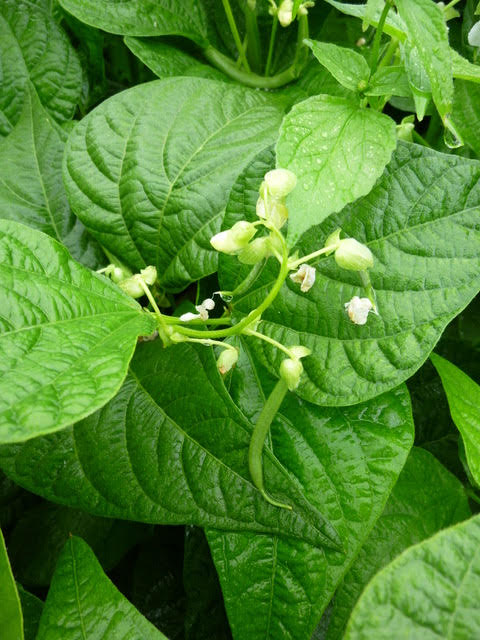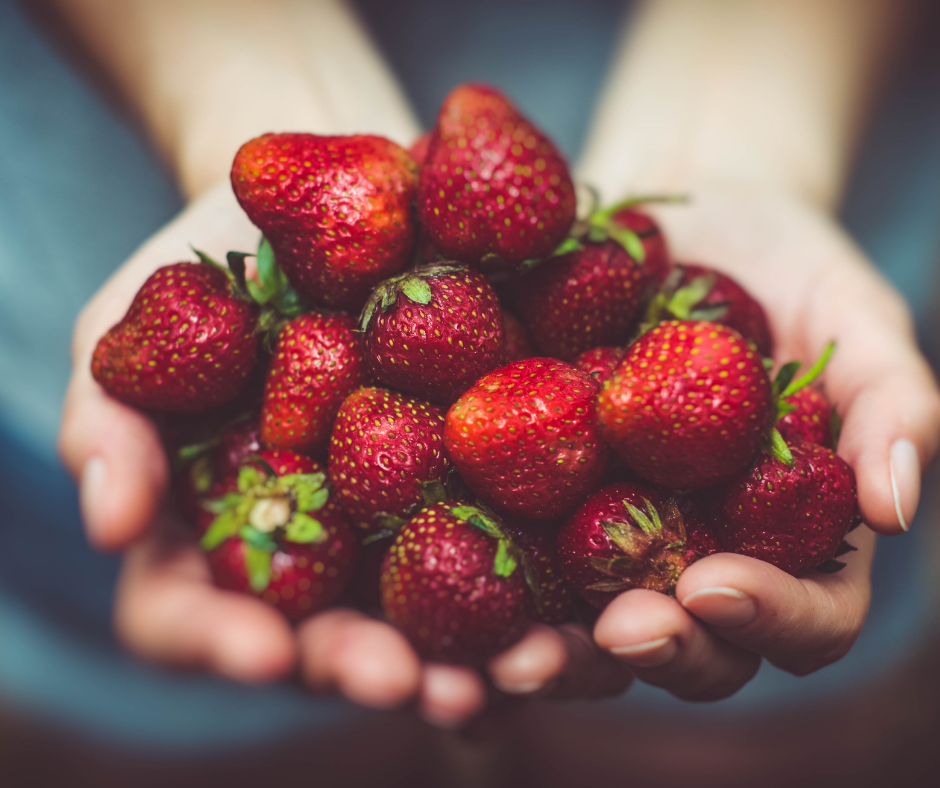What Are the Best Heating and Cooling Solutions for Your Greenhouse?
Quick Answer:
To optimize greenhouse climate control year-round, tailor your heating and cooling system to your location, crop types, and usage seasons—then enhance efficiency with proper glazing, insulation like bubble wrap, thermal mass (black barrels), energy curtains, and strategic air circulation.
When offering heating and cooling suggestions for optimum climate control for your greenhouse, we ask our customers three things:



